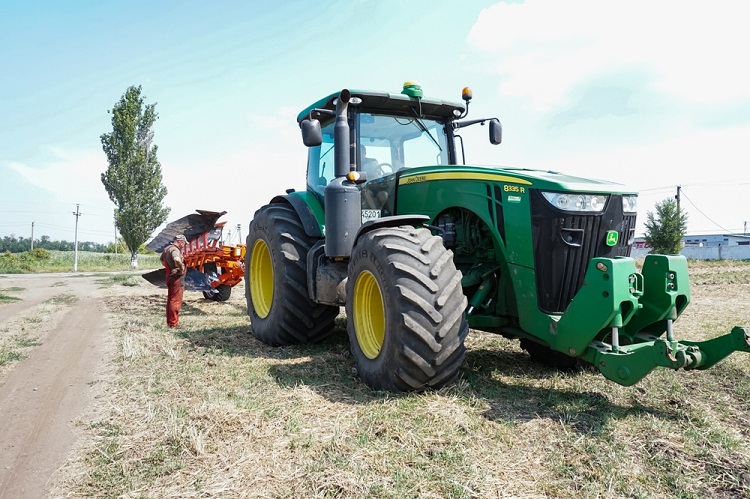What is My Used John Deere Tractor Worth?
Determining the value of a used John Deere tractor can be a nuanced process, influenced by various factors from condition and age to market demand. For owners of used John Deere equipment, getting a clear understanding of your tractor’s worth is crucial whether you’re considering a sale, trade-in, or simply assessing your asset’s value. This guide will walk you through the key elements that affect the valuation of your used tractor, helping you to arrive at an accurate estimate.
Table of Contents
Assessing the Value of Your Tractor
When looking to gauge the worth of used John Deere equipment, several key factors come into play. It’s not just about how old the machinery is; its condition, maintenance history, and the market demand for that specific model significantly impact its value.
Understanding these variables will provide you with a solid foundation for estimating the value of your used John Deere tractor.
Condition and Maintenance
The overall condition of your tractor is paramount in determining its worth. A well-maintained tractor that shows little wear and tear is naturally going to fetch a higher price than one that’s been heavily used and shows significant signs of aging.
Regular maintenance and upkeep not only extend the lifespan of used John Deere equipment but also maintain its value over time. Keeping detailed records of services, repairs, and any replacement parts can significantly bolster your tractor’s valuation.
Age and Hours of Use
The age of your tractor and the hours it has been used are critical factors in valuation. Generally, newer models with fewer hours on the engine are more valuable. However, John Deere’s reputation for durability means that even older models can still hold considerable value if they’ve been well-maintained.
Understanding the depreciation curve of tractors and how usage impacts value will help you set realistic expectations for your equipment’s worth.
Market Demand and Model Popularity
Market demand plays a crucial role in determining the value of your used tractor. Some models are more sought after due to their versatility, reliability, or specific features, affecting their resale value.
Researching current market trends and the popularity of your specific John Deere model can provide insights into its potential worth. This involves looking at sales data for similar used John Deere equipment and comparing prices to gauge where your tractor stands.
Location and Seasonal Factors
The value of your tractor can also be influenced by your location and the time of year. Agricultural equipment, including tractors, may have higher demand during certain seasons based on farming cycles.
Consider the local market conditions and seasonal influences when evaluating your tractor’s value. This can help you choose the best time to sell or trade-in your equipment for maximum return.
Utilizing Online Tools and Resources
There are several online tools and resources available to help you estimate the value of your used John Deere tractor. Websites specializing in agricultural and construction equipment sales often provide valuation tools or listings that can offer a ballpark figure based on similar machinery.
Comparing your tractor against current listings for similar models and conditions can give you a realistic perspective on its market value. Remember, the final value can still vary based on negotiations and specific buyer interests.
Conclusion
Estimating the value of your used John Deere tractor involves considering its condition, maintenance history, age, hours of use, market demand, and even seasonal factors. By carefully evaluating these aspects and utilizing available resources, owners of used John Deere equipment can gain a solid understanding of their tractor’s worth. Whether planning to sell, trade in, or simply assess the value of your machinery, being informed is key to making the best financial decisions for your situation.

